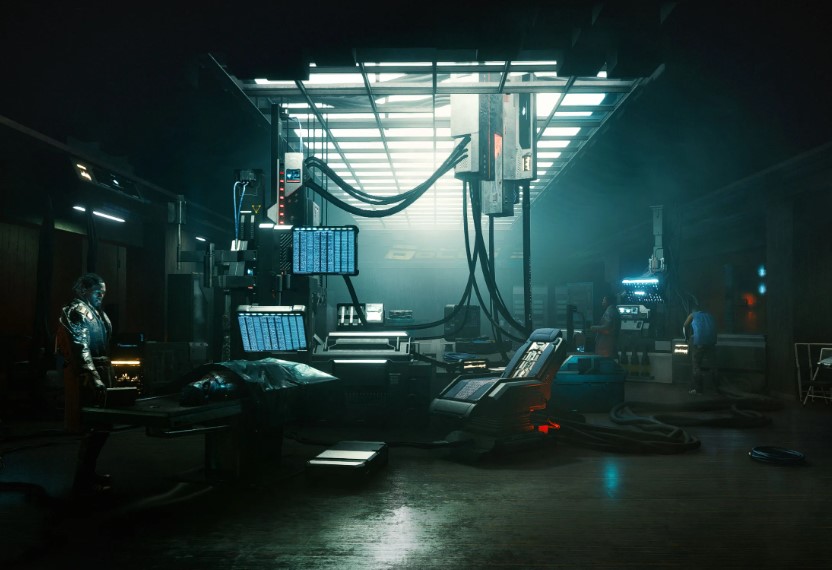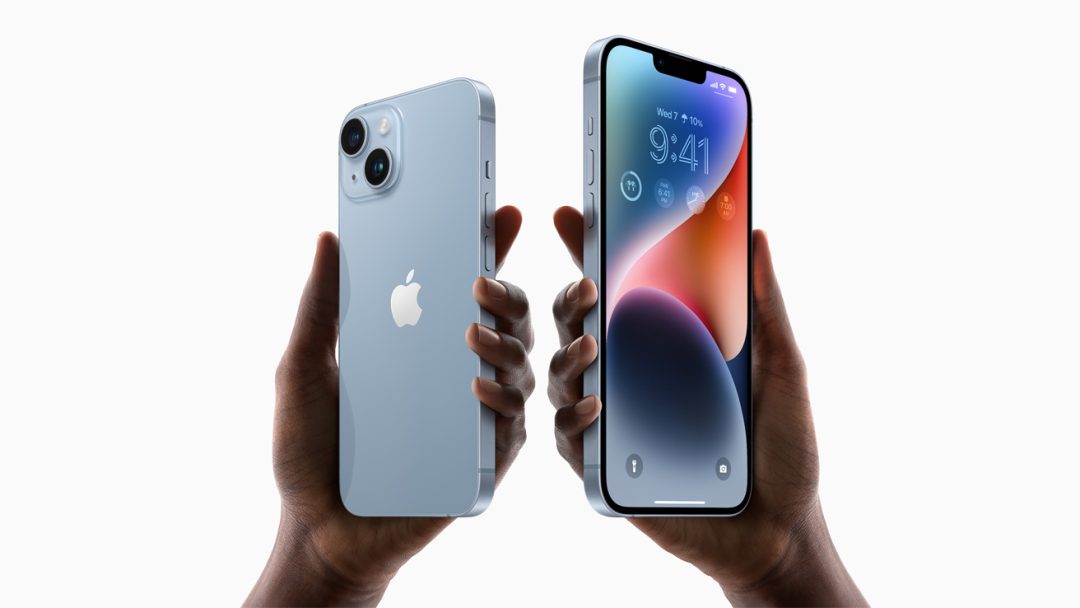What is ray tracing? Simply put, ray tracing is a technique that makes light in video games behave like it does in real life. It works by simulating actual light rays, using an algorithm to trace the path that a beam of light would take in the physical world. Using this technique, game designers can make virtual rays of light appear to bounce off objects, cast realistic shadows, and create lifelike reflections. While the concept was first invented in 1969, the technology has taken a while to be fully realized as it takes huge computing power.

This level of power has been thought to be out of reach of mobile gaming on phones. Apple has announced that the iPhone 15 and iPhone 15 Pro are capable of running ray tracing natively from the hardware itself.
According to Apple publicity, the iPhone 15 Pro will have the 3-nanometer A17 Pro chip offering a new 6-core GPU and a faster Neural Engine. This basically means it is capable of driving a step-change in gaming capability. Apple says this actually makes the device a:
“…a ridiculously powerful mobile gaming machine”.
They will use MetalFX Upscaling and mesh shading. We don’t know what that means, but according to the blurb this means more detailed environments while drawing less power. What we do know is that this will mean high-profile console and PC games, that seemed forever out of the reach of mobile games, can now be realized via mobile devices. First up is Capcom’s Resident Evil 4 remake and Resident Evil Village, plus Assassin’s Creed Mirage and The Division Resurgence. These will start to drop in Q1 2024.
Preorders for the new phones open on September 15th for a September 22nd release. Expect queues outside Apple stores and plenty of this kind of thing:

Check back every day for movie news and reviews at the Last Movie Outpost









